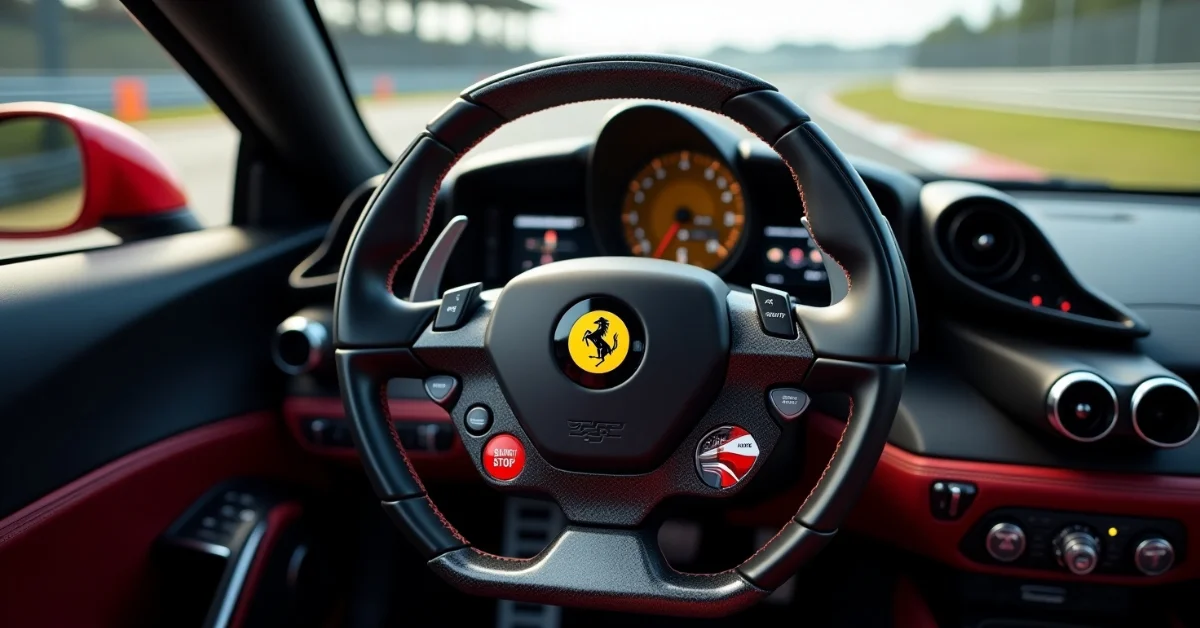Ferrari has announced it will revert from haptic‑only steering-wheel controls to physical buttons a significant reversal following criticism from customers and insiders. The change inaugurates with the new Ferrari Amalfi, and the marque says it will apply the shift across all upcoming models.
Introduced on the SF90 supercar and continued with the F80, Ferrari’s haptic buttons were designed to mimic the tactile speed of smartphone interactions. As Ferrari’s commercial boss Enrico Galliera explained, “When we… interact with our phone…it’s absolutely true” that haptics offer a faster response, and thus they were implemented to enhance performance.
However, this approach ignored the critical context of high-speed driving. According to Galliera, designers “didn’t consider…you’re also driving…and [the design] goes against our objective of eyes on the road, hands on the steering wheel.”
As the first beneficiary of Ferrari’s recalibrated design philosophy, the Amalfi comes equipped with both physical start/stop and primary function buttons echoing an earlier era and satisfying long-standing customer demand for tangible controls. Ferrari emphasizes this shift not only improves usability but also restores elements central to its heritage.
Galliera credited the decision to “loud” customer feedback, signaling a clear mismatch between high-tech experimentation and driver expectations. He noted that while digital interfaces still have their place, frequently used controls now must be physical and like the iconic start/stop button, some must represent Ferrari’s legacy.
Ferrari confirms that the tactile button configuration introduced in the Amalfi will become standard in all new model launches, as the brand “rebalances the ratio between digital buttons and physical buttons.”
Autocar’s discussion threads echo the sentiment:
- “At least Ferrari are being honest…we do so without also having to perform the task of driving a car.” Cobnapint
- “Even an imbecile recognises…no similarity between use of a phone and use of controls in a car.” 289
A vibrant consensus: tech trends don’t always translate seamlessly from one context to another.
Ferrari’s about-face highlights a broader tension in modern automotive interiors: the seductive allure of minimalist, touch-sensitive controls versus the practical necessity of intuitive, tactile interaction in performance driving. By blending digital sophistication with physical familiarity, Ferrari aims to hit the sweet spot and retain the very essence of its racing-rooted heritage.
Also Read: The World of Férarie – A Tale of Blooms, Supercars & Dreams



